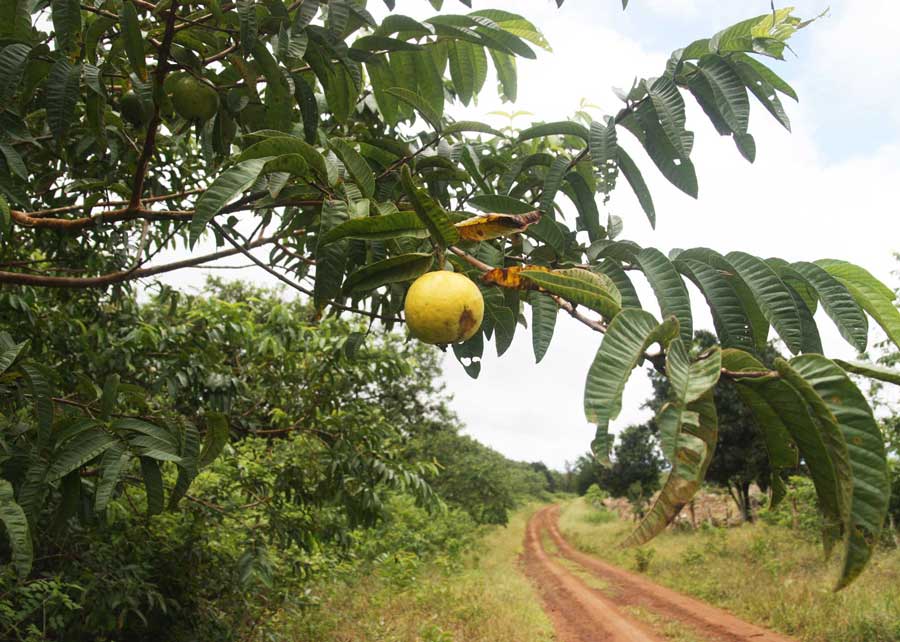Many of the plant and animal species on the Galapagos are not found anywhere else on earth, including 80% of the land birds, 97% of the reptiles and land mammals, and more than 30% of the plants are endemic. With such a rich biodiversity, many species have yet to be discovered in the Galapagos. However, many species are also being threatened with extinction due to human activities or natural hazards, putting this special biodiversity at risk.
Our projects include topics in:
- Endemism
- Evolution
- Biobanking
- Micro and Molecular Biology
- Invasive Species
On land, Galapagos research is focused on the distributions and effects of plant and animal species, communities, and their interactions with humans in a changing physical environment. Even the giant tortoises of the Galapagos are ecosystem engineers, shaping the archipelago’s terrestrial ecology. Interactions between Galapagos and the mainland occur via man-made air and sea pathways, and are the focus of species mobility studies, invasive species research, and programs to restore altered ecosystems. Our terrestrial ecology researchers examine succession studies, evolution and adaptive radiation, invasive species and eradication, and habit stress, recuperation, and restoration.
Watch this video about the GSC Biobank:
Research Projects

Hybridization and introgression in endemic and invasive plants in the Galapagos Islands
People: Bryan Reatini, María de Lourdes Torres, Hugo Valdebenito, and Todd Vision
Departments: Biology

Grass Genomes X Environments: A Hypothesis/Discovery-based Approach Connecting Genome with the Phenome of Plant Habit and Behavior in Natural Settings
People: Corbin Jones and Alan Jones
Departments: Biology
